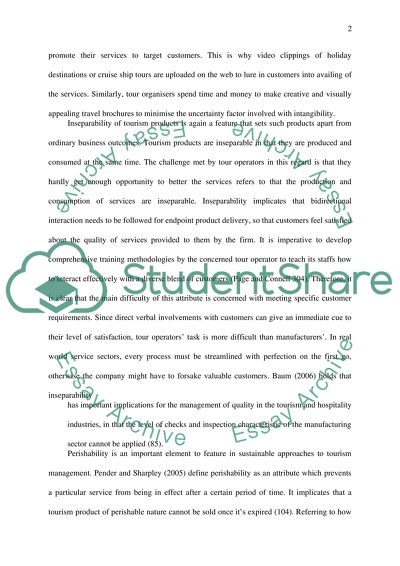Cite this document
(Specifics of Travel Services as Opposed to Products and Services Provi Essay, n.d.)
Specifics of Travel Services as Opposed to Products and Services Provi Essay. Retrieved from https://studentshare.org/tourism/1565078-tourism-product-report
Specifics of Travel Services as Opposed to Products and Services Provi Essay. Retrieved from https://studentshare.org/tourism/1565078-tourism-product-report
(Specifics of Travel Services As Opposed to Products and Services Provi Essay)
Specifics of Travel Services As Opposed to Products and Services Provi Essay. https://studentshare.org/tourism/1565078-tourism-product-report.
Specifics of Travel Services As Opposed to Products and Services Provi Essay. https://studentshare.org/tourism/1565078-tourism-product-report.
“Specifics of Travel Services As Opposed to Products and Services Provi Essay”, n.d. https://studentshare.org/tourism/1565078-tourism-product-report.


